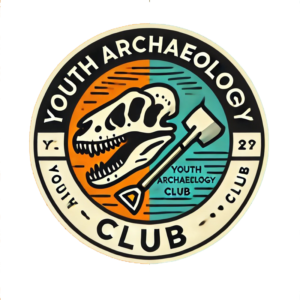Luxor, Egypt – March 2023
Archaeologists have made a stunning discovery at the Draa Abu el-Naga necropolis on the west bank of Luxor: a remarkably well-preserved female mummy adorned with a gilded burial mask and surrounded by ritual artifacts. The find, announced by a joint Egyptian-German archaeological team, offers new insights into ancient Egyptian funerary practices and beliefs about the afterlife.

Key Details of the Discovery
- The Mummy: The woman, believed to be a noble or high-ranking priestess from the 16th century BCE (17th Dynasty), was found in a wooden coffin inscribed with hieroglyphs. Her remains were wrapped in linen bandages and crowned with a gilded mask featuring intricate details, including almond-shaped eyes and blue-painted irses—symbolic references to divine protection and rebirth.
- Burial Treasures: The tomb contained over 50 artifacts, including alabaster jars (likely used to store organs), a lapis lazuli necklace, and painted shabti figurines—small statues meant to serve the deceased in the afterlife. The coffin’s hieroglyphs included prayers to Osiris, the god of the underworld, and the name Neferu-Ra (“Beauty of Ra”), possibly identifying the deceased.
- Religious Significance: The mask’s gold plating symbolized the eternal flesh of the gods, while inscriptions invoked the protection of goddesses Isis and Nephthys, emphasizing the ancient Egyptians’ meticulous preparations for the journey to the afterlife.
Historical Context
This tomb dates to a transitional period between the 17th and 18th Dynasties, a time of political upheaval as Egypt resisted Hyksos rule. The burial style reflects both traditional practices and emerging New Kingdom customs, offering clues about cultural resilience during foreign invasions.

Educational Connections
- Classroom Discussion: How did mummification techniques (e.g., organ removal, resin preservation) reflect the Egyptians’ belief in physical preservation for eternal life? What role did spells from the Book of the Dead play in guiding the deceased?
- Hands-On Activity: Students can design their own “funerary masks” using symbols of protection (e.g., scarabs, wedjat eyes) and explain how their designs align with ancient Egyptian cosmology.
Why This Matters
This discovery underscores the sophistication of ancient Egyptian mortuary science and their profound spiritual investment in the afterlife. As researchers employ CT scans and chemical analysis to study the mummy’s remains, the tomb serves as a time capsule, bridging modern science with 3,500-year-old rituals.
Further reading: Explore the British Museum’s digital archives for 3D models of similar artifacts, or watch the documentary “Mummies: Secrets of the Pharaohs” to dive deeper into Egypt’s funerary mysteries.
This report highlights the archaeological significance of the find while linking it to broader themes of religion, technology, and cultural legacy—perfect for engaging students in history and anthropology.

